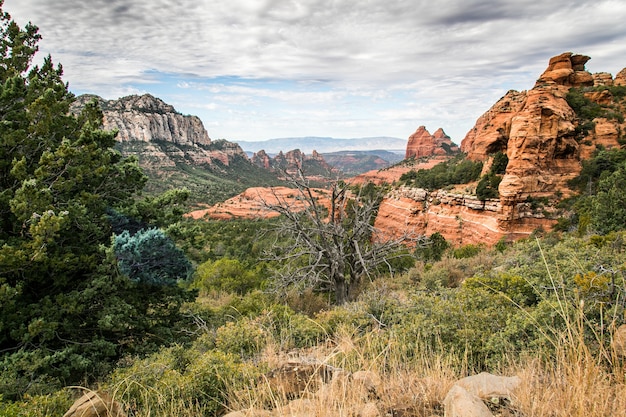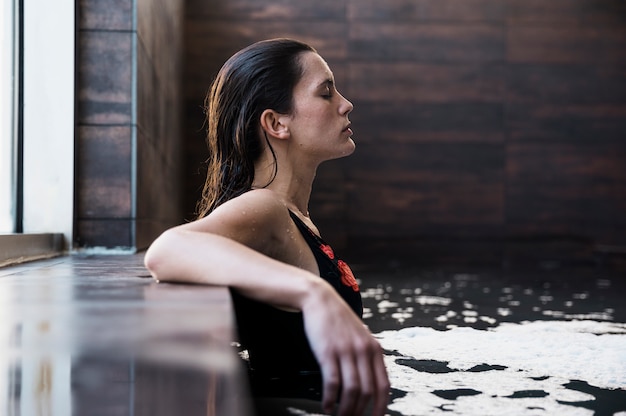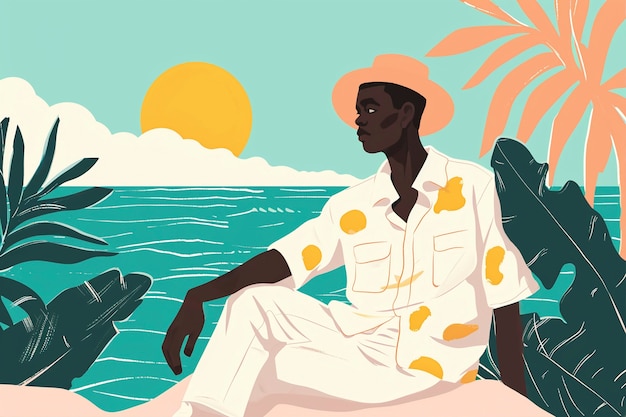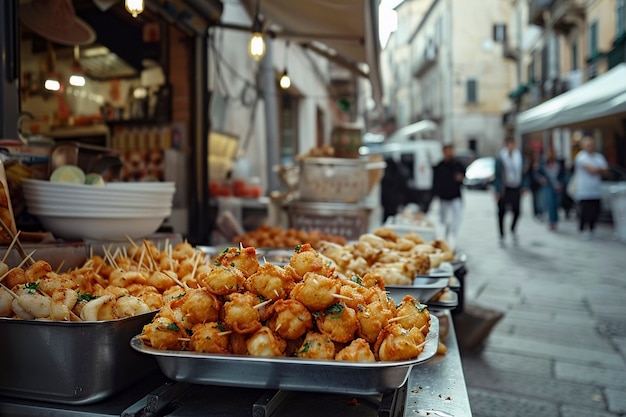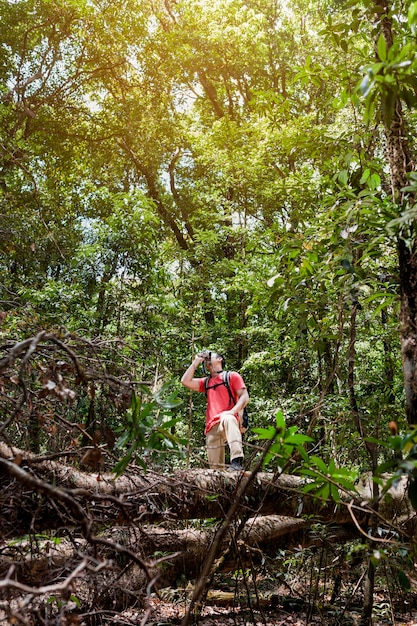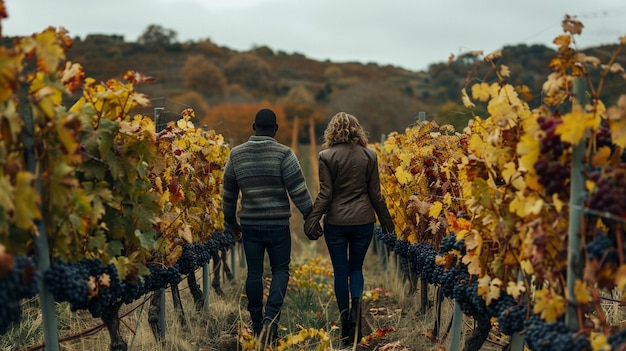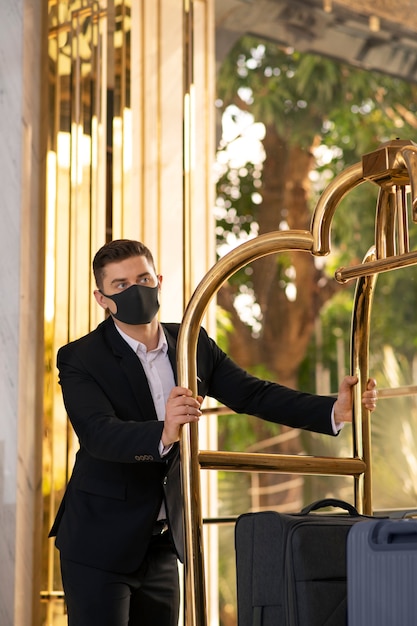
Nestled between the sea and sky, the six stone towers of Akrolithi Boutique Hotel offer stunning views of a sweeping bay in the Mani Peninsula, Greece. This family-run, eco-friendly hotel in the Peloponnese provides a warm welcome, inviting you to relax on the terrace and soak in the scenery.
We used Akrolithi as our base to explore the beautiful Mani Peninsula, known for its mountainous landscapes, rocky coastline, and unique stone tower houses. The hotel’s friendly owner, Panagiota, greeted us at the informal reception and showed us to our suite in one of the six tower houses. Panagiota and her husband Michalis started their hospitality business with a guest house nearby. As their business grew, they expanded in 2004 by building the six towers that now form the boutique hotel. Michalis constructed both the guest house and the hotel in the traditional style of the region’s stone Maniot tower houses.
The name Akrolithi means “edge of the rock,” and the hotel offers breathtaking views of the mountain range running down the peninsula’s spine and the Bay of Oitylo below. This family business, run with love and attention to detail, sometimes gets help from their four children during school and university holidays.
We stayed in the Petrompeis suite, located on the upper floor of one of the towers, offering wonderful sea views. Each suite is named after an aspect of traditional Mani life, and Petrompeis commemorates the famous Mani clan leader Petrompeis Mavromichalis, a key figure in the 1821 Greek Revolution of Independence.
The suites at Akrolithi are divided into two main categories: Junior Suites on the ground floor with shaded terraces overlooking the bay, and slightly larger Deluxe Suites on the upper floor with spacious outdoor terraces. Our Deluxe suite was elegant yet homely, decorated in restful shades of grey and brown, with classic wooden furniture complementing the natural stone and wooden ceiling. The suite was spacious, featuring a sitting area with a sofa and two chairs, and a flat-screen TV that we never turned on, preferring to enjoy the beauty outside.
The suite had charming decorative touches, such as a gilded antique wardrobe front and original artwork by Greek artists. The kingsize bed was extremely comfortable, with high-quality bed linen and extra covers. The outdoor terrace was a private sun trap, perfect for relaxing on the chairs or sun loungers and enjoying the views over Oitylo Bay.
The compact bathroom featured a shower and modern fittings, softened with pretty patterned tiles and monogrammed towels. Toiletries were provided by Oliva del Mediterraneao, made with organic olive oil and fragrances of bergamot, orange blossom, and eucalyptus. We appreciated the refillable hand soap dispenser and individual soap bar, which helped reduce plastic waste.
To reach Akrolithi Boutique Hotel, drive 1.5 hours south from Kalamata in the Peloponnese. The hotel is located halfway down the western side of the Mani Peninsula, making it easy to explore beaches and interesting places in either direction. The hotel’s hillside position offers gorgeous views but requires a car to reach the beach and nearest restaurants, unless you’re up for a 20-30 minute walk. The peaceful atmosphere and easy access from the main road, along with on-site parking, make it a convenient and serene getaway.
Breakfast at Akrolithi is a treat, featuring a “Traditional Greek Breakfast” with cereals, bread, fresh fruit, cold meats, and local specialties like creamy Greek yoghurt with honey, Kalamata olives, local cheese, tomatoes, and Peloponnese pastries. Freshly squeezed orange juice and excellent barista coffee are also available. Depending on the weather, breakfast can be enjoyed in the glazed extension with bay views or outside on the terrace.
The hotel’s reception area feels like entering a friend’s home, with a relaxed and homely atmosphere. The decor is stylish and elegant, with warm muted colors and rugs softening the natural finishes of wood and stone. Beyond the reception is a cosy area with built-in seating and pretty cushions, ideal for reading or chatting with friends. The adjoining bar serves breakfast and offers drinks and light meals throughout the day. The main restaurant area, in a glazed extension, allows guests to enjoy the sunshine and views while staying sheltered from cooler temperatures. In summer, the space opens up to become a shady extension of the terrace.
Akrolithi focuses on light meals, cakes, and snacks rather than a full-scale restaurant. The well-stocked bar offers coffee, drinks, and local cakes. During our stay, we enjoyed pizzas and freshly prepared salads from the evening menu, perfect for a light supper without needing to drive to other restaurants. The menu expands in high season to include more home-cooked dishes showcasing regional cuisine.
We appreciate eco-friendly hotels, and Akrolithi’s commitment to sustainability was a major draw for us. The hotel employs various eco-friendly practices, such as reducing plastic waste and using organic toiletries.
Each suite at Akrolithi is individually designed with elegant and comfortable decor inspired by traditional Mani life. The hotel also offers three guest houses in a traditional stone-built tower house, providing self-catering facilities while allowing access to the hotel’s services. These guest houses are ideal for families or groups, accommodating up to eight people.
Akrolithi Boutique Hotel’s location is perfect for visiting the small seaside and hilltop towns around Oitylo Bay and other attractions in the Mani Peninsula. Nearby activities include exploring the old town of Oitylo, swimming at Neo Itilo’s pebble beach, visiting the ruined Kastro Kelephas castle, dining in Limeni’s restaurants, and shopping in Areopoli. The area also offers hiking and cycling opportunities, with the hotel providing advice on the best routes.
For day trips, the Caves of Diros, Kardamyli, and the abandoned village of Vathia are all within driving distance. Akrolithi Boutique Hotel is an ideal base for exploring the Mani Peninsula and enjoying the region’s natural beauty and cultural heritage.
To book your stay at Akrolithi Boutique Hotel, visit their website or contact them directly. The closest city, Kalamata, offers an international airport with direct flights from various European cities. Alternatively, you can drive from Athens or take a bus to Kalamata and then hire a car to reach the hotel. Another option is to take a ferry from Zakynthos to Kyllini and drive to Kalamata.
For more information on visiting the Peloponnese, check out the official tourism website.
